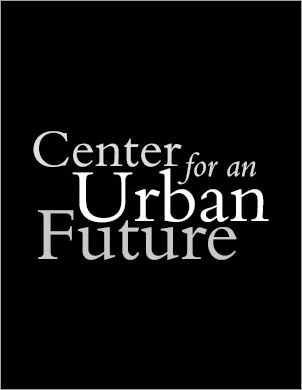
Commentary/Op-Ed - October 2001
A Diverse Economy Will Get City Moving
Reprinted from Newsday, 10/04/2001
by Jonathan Bowles
Tags: economic growth
THE TASK of rebuilding New York City's shattered economy is daunting. Even before the attack on the World Trade Center, the collapse of the dot-com sector and an extended decline in the stock market had already caused thousands of layoffs and pushed the city to the brink of recession.
Now, however, the danger to the city's economy is structural problems that could cost New York a significant number of jobs and a large chunk of its tax base.
The tragic events of Sept. 11 destroyed nearly a third of all commercial office space in lower Manhattan and forced dozens of large financial services firms to relocate-some temporarily and many for good-to New Jersey, Connecticut and other locales beyond the five boroughs. But the less publicized aftereffects of the attack pose risks as well.
Small technology-related businesses that were temporarily displaced from their downtown offices are facing significant cash flow problems. An abrupt decline in tourism and airline travel is affecting hundreds of businesses and arts organizations from Times Square to Jamaica, Queens. A huge drop in consumer confidence is hurting local retailers, as well as manufacturers throughout the city.
How should the city begin to repair the now- fragile economy?
The immediate response of city officials, the real-estate community and many civic leaders has appropriately been to find new office space for displaced businesses and provide financial assistance to companies struggling to get past their cash-flow problems. This crisis also requires a well-planned, long-term campaign to reinvigorate the city's economy, with the active participation of leaders from many of the city's vital industries and economic development experts from every borough.
For both economic and symbolic reasons, the starting point of this effort must be in lower Manhattan. More than anything, company executives, entrepreneurs, investors and all New Yorkers need to see that lower Manhattan will be rebuilt and that it will continue to be a vital - and safe - place to work and live.
Yet the work of rebuilding lower Manhattan shouldn't be limited to developing space for securities firms and investment banks. Though every effort should be made to ensure that the area retains a strong concentration of global finance businesses and financial exchanges, many of the displaced financial corporations will never return to the downtown area. And several of those that do return probably won't concentrate as many of their employees in the area as they did before.
Though the loss of these well-paid employees will be a bitter pill to swallow, lower Manhattan's economy has already been evolving into a more diverse district that is less dependent on the financial sector. In recent years, several dozen new media businesses, scores of nonprofits and a handful of cultural institutions have settled in the area. A growing population of mostly young residents has helped reinvigorate the area as well, thanks to city-assisted conversions of a number of aging office towers into high-end apartment buildings.
The city's rebuilding plan should recognize these changes and avoid the instinct to simply replicate the type of office buildings that existed prior to last month's attack. Although new office construction aimed at large financial corporations should be a major part of the redevelopment effort, the district may benefit the most from efforts to make it even more of a 24-hour community.
Beyond rebuilding lower Manhattan, the city's ultimate goal should be to emerge from this disaster with a stronger economy in place. The best way to make this happen is by building on its existing strengths, such as its economic diversity and the creative energy of New Yorkers.
Core industries such as finance, media and tourism deserve increased attention in this time of crisis. After all, these industries account for a high percentage of the jobs and an even greater proportion of the wages paid in the city. In addition, they have a significant spin-off effect on other parts of the city's economy, as has been painfully clear over the past few weeks.
But the work of economic revitalization should also include an aggressive effort to strengthen the many other industries that already play an important role in the city's economy or which have significant potential for growth-from software development and biotechnology to air cargo and apparel manufacturing. Most of these industries have unique needs that must be addressed. But in recent years, several of these sectors have been overlooked by City Hall, causing New York to lose jobs in some industries and to miss out on growth opportunities in others.
New York can't afford to pass up on these opportunities any longer. In these challenging times, the public sector should play a greater role in stimulating all of these vital sectors and strengthening the city's economic infrastructure.